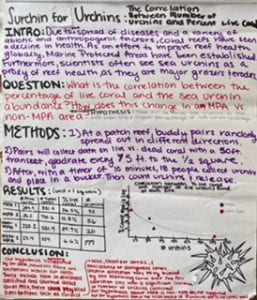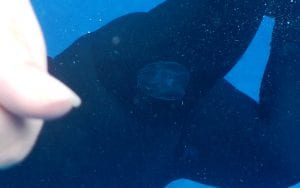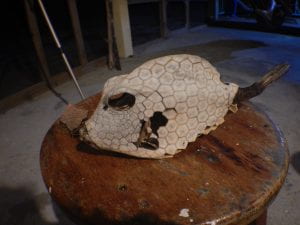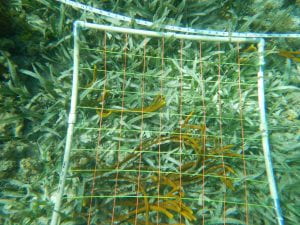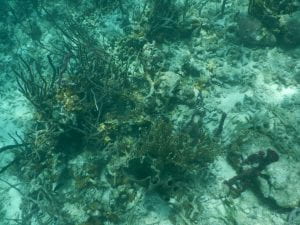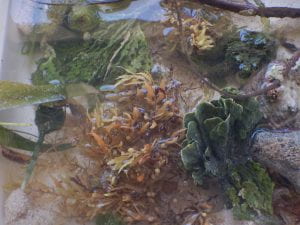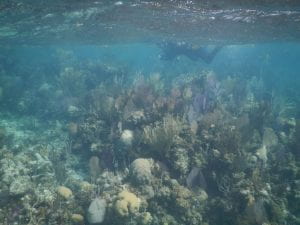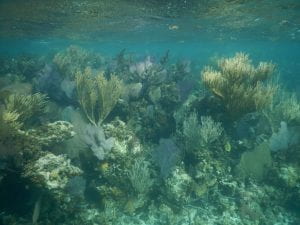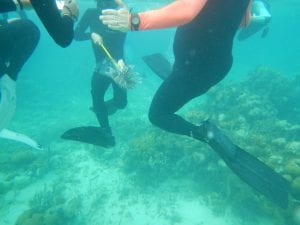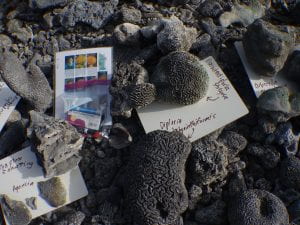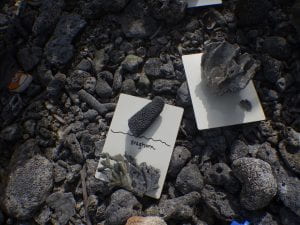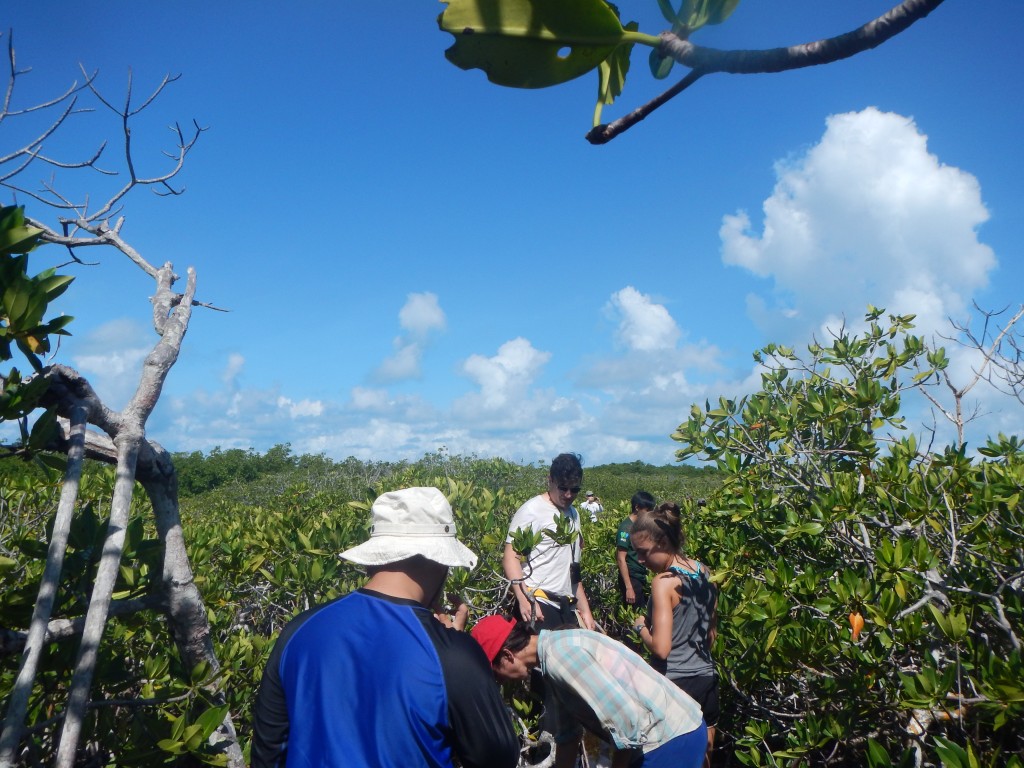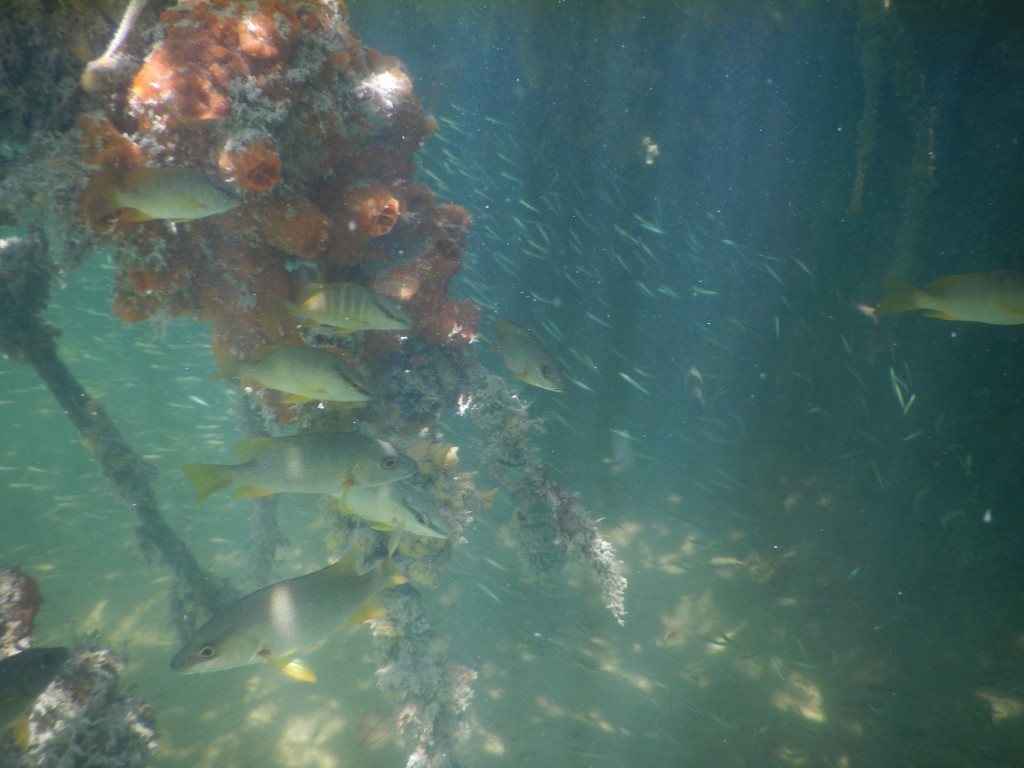Today marks our final day on Glover’s Reef Research Station! We started the day with a morning snorkel, finishing the last of our data collection for our research project we started a few days ago. I heard from Elena that there were some more ctenophores here but I wasn’t lucky enough to see them myself. This time around I was finally able to find and collect some urchins during our urchin survey! We also did one final snorkel in a new area just to see the reefs one last time before our departure. Some highlights include: Caribbean reef squids, another lionfish speared, and I saw a pufferfish!

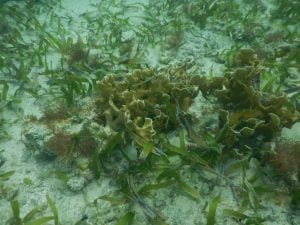
After returning from our morning snorkel we spent the afternoon combining and analyzing our data from the previous day’s collections, and created a poster presenting our project and its conclusions to our professors. Based on our (limited) data, we were able to see that on patches of reef with a higher percentage of dead corals, there were also a higher number of sea urchins we were able to collect. But there was no clear correlation between a patch being within the protected area and the percent of dead coral. Here is a picture of our lovely poster (I drew the little urchin heart)!
This afternoon we were able to eat a unique delicacy that helps get rid of a pesky invader of the reefs: lionfish ceviche! Over the course of our stay, our professors speared three of them, and we finally put them to good use! But of course as scientists, before we made the ceviche, we dissected each lionfish and determined its sex, weight, length, and saw its stomach contents! My group had an exceptionally large fish that we nicknamed “Main Course”, whose carnage we removed unfortunately spilled onto my lab notebook (good thing its waterproof!). The long awaited ceviche was delicious!
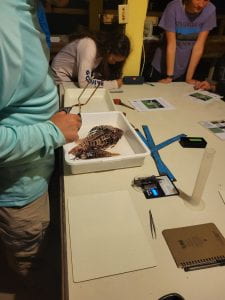
Then I spent the rest of the night packing up all of my stuff that has become so brutally disorganized over the past few days that I’ve just accepted that nothing in my duffel bag will be entirely clean or easily found. I’ll be very sad to leave this place in the morning (especially in anticipation of the four hour boat ride), but I’m so beyond excited for where we are going next!


